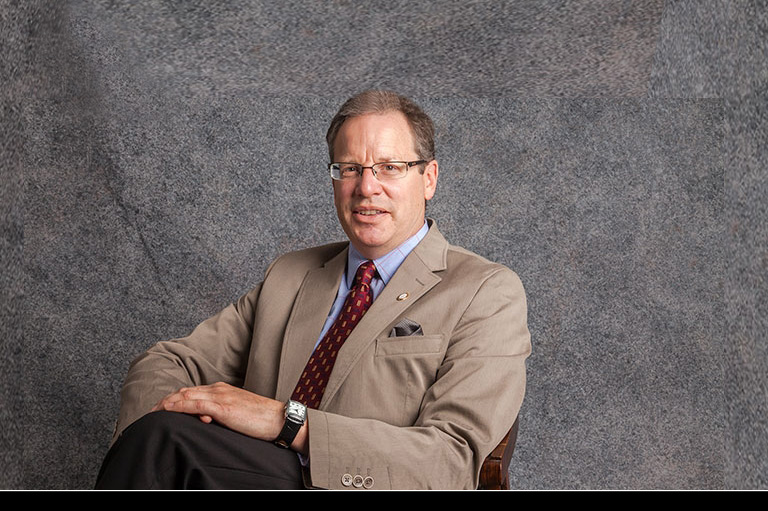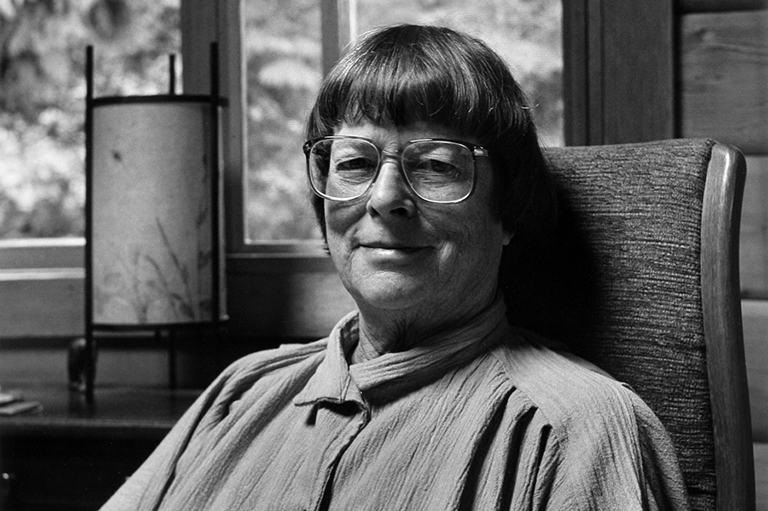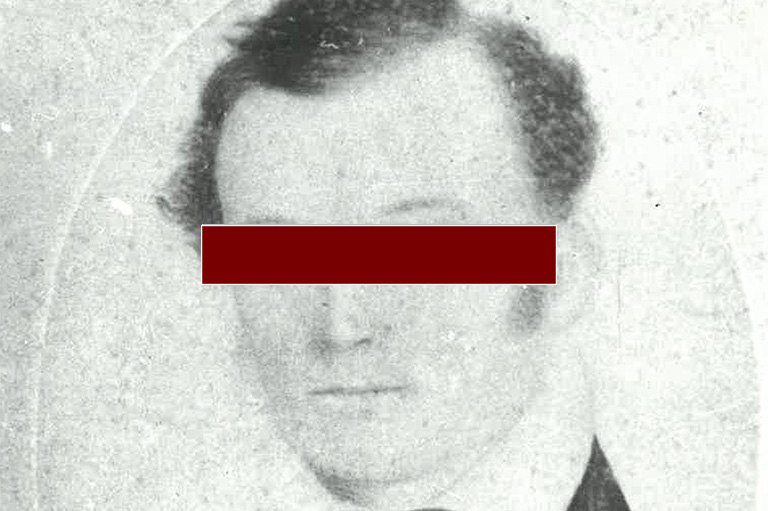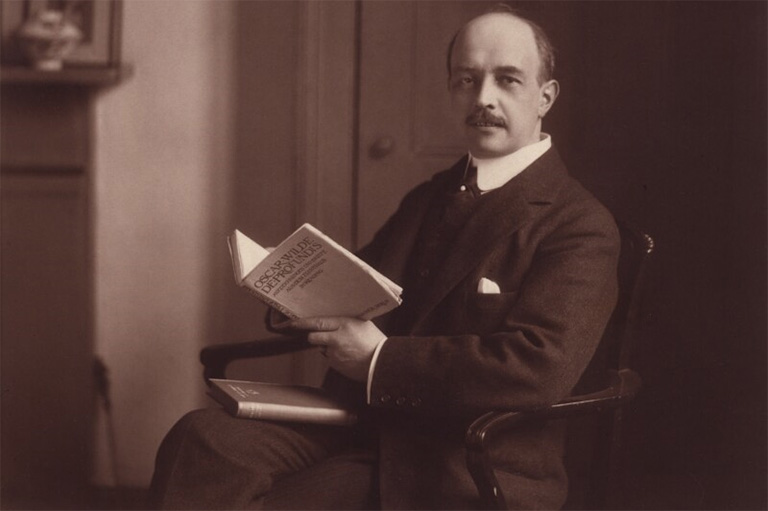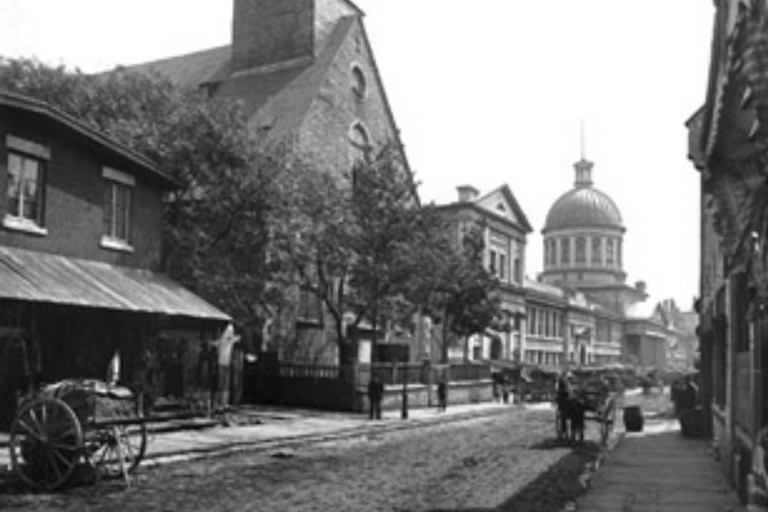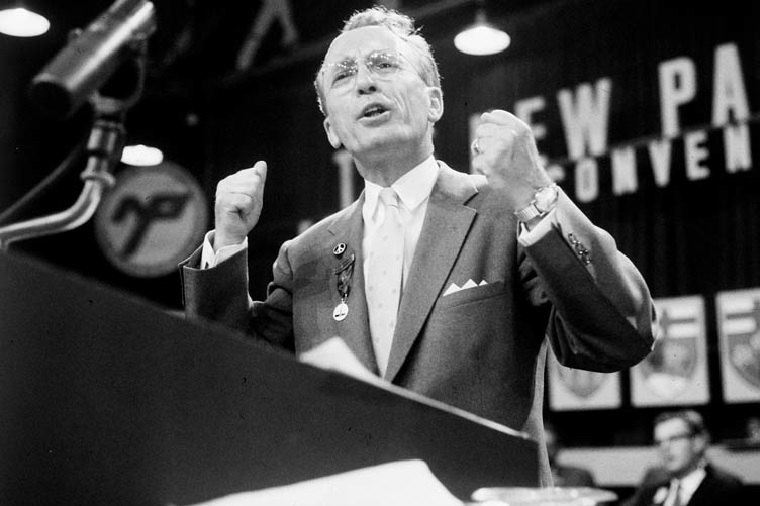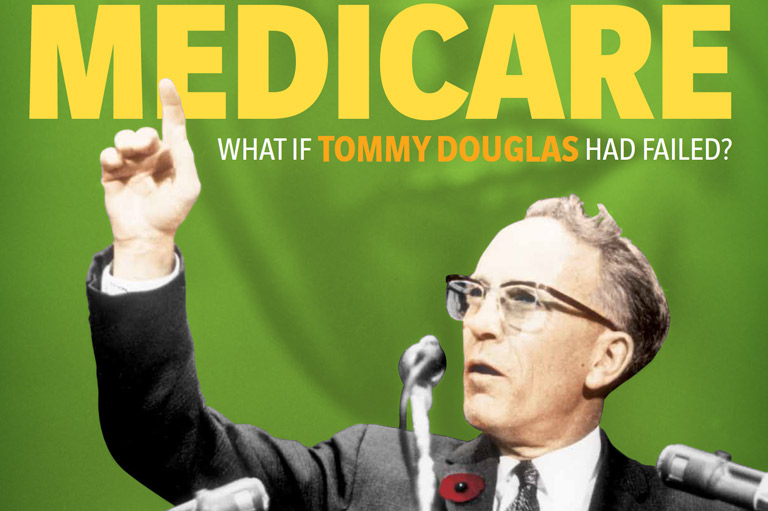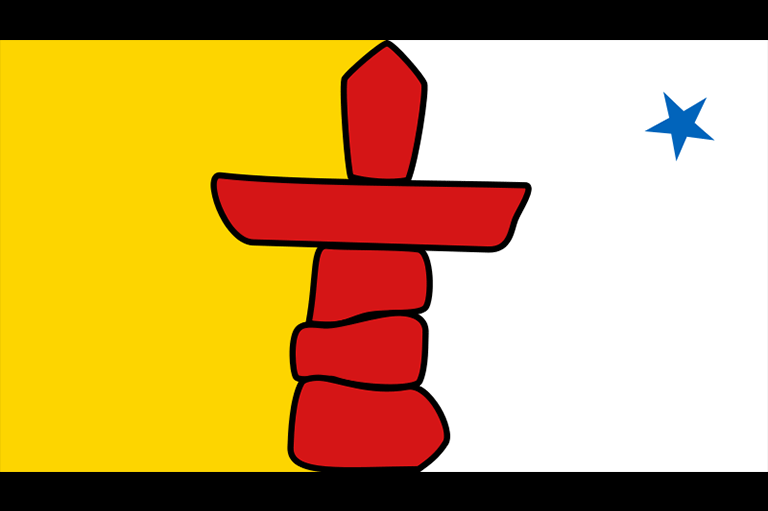Pride & Prejudice
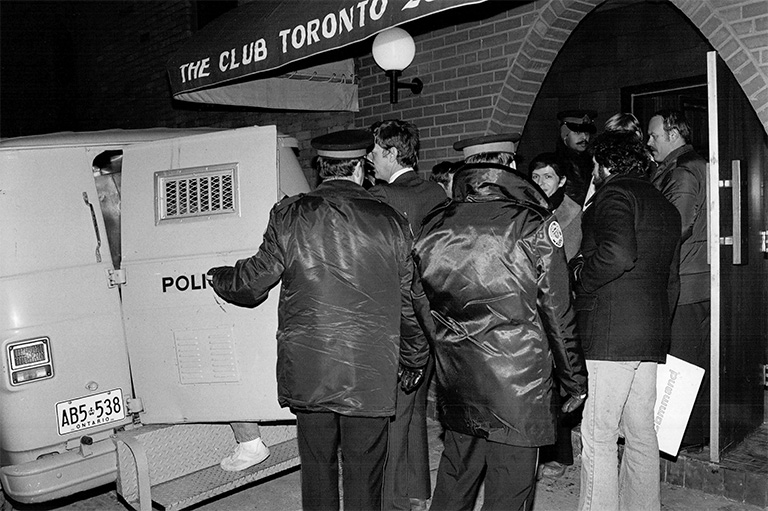
Everett Kilippert, a mechanic from the Northwest Territories, had received far more than his share of police attention over the years. Ultimately, however, a criminal case against him led to the 1969 reform of provisions related to same-sex activity in Canada’s Criminal Code.
He was homosexual (the word “gay” in that context was not in common use then), but it is highly doubtful that the authorities would have pursued a gay banker or lawyer the way they did Klippert. He had been convicted four times of gross indecency — namely, having consensual sex with another adult gay man, which was then a crime.
Because he had repeated convictions for a sexual offence, Klippert was subjected to a hearing to determine whether he should be considered a dangerous sex offender. The judge found him to be such an offender, which meant (as it still does, for a revised range of offences) indefinite incarceration, possibly for life.
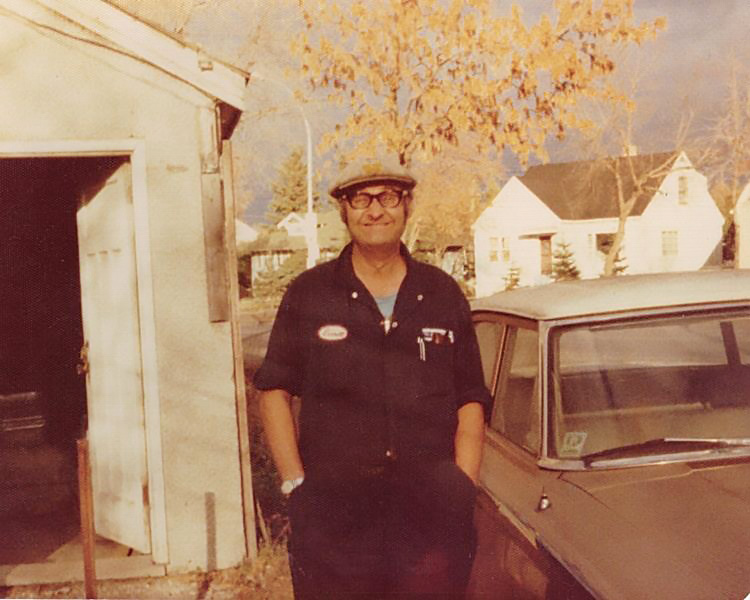
When the case reached the Supreme Court on appeal in 1967, many Canadians, who otherwise knew nothing and cared little about discrimination against gays and lesbians, were shocked that the Supreme Court upheld the “dangerous sex offender” designation. Klippert’s case vividly showed the public that Pierre Trudeau, then the justice minister, might be justified in seeking to reform Criminal Code provisions that had long prohibited same-sex erotic activity, especially Klippert’s “crime” of gross indecency.
Despite its euphemistic, vague name, the “gross indecency” provision was used from the 1890s into the 1980s to charge men engaging in consensual gay sex in semi-public places. As was also the case in England, lesbians, interestingly, were never subject to criminal prosecution for sexual activity in Canada. Lesbian sexual activity was nonetheless policed and punished in many professions such as teaching, the military, and the civil service, and also through family law provisions allowing husbands to unilaterally divorce wives accused of having engaged in lesbian sex.
Focusing on Trudeau’s 1969 partial decriminalization of gay male sex can be misleading, since it tells only part of the story. In fact, it is likely that far more people were negatively affected by non-criminal measures such as being fired or being denied housing than by criminal-law proceedings.
The criminal law, however, has played an important role, in part because of its great symbolic value and in part because it was only after same-sex erotic behaviour was finally decriminalized, in 1985, that campaigns related to recognizing a wider range of families got off the ground.
The offence of gross indecency was created in England in 1885, with little if any parliamentary debate. It was understood that the new provision’s purpose was to target erotic behaviour between men, whether in private or in public. The famous Irish-English playwright Oscar Wilde was an early victim of this discriminatory and moralistic law; he was sentenced in 1895 to two years of hard labour, which hastened his death.
Gross indecency was reproduced as a crime in the Canadian Criminal Code of 1892 and was only modified, not abolished, in 1969. The 1892 Criminal Code also inherited the far older British offence of “buggery,” but that law was seldom enforced in either country. Courts interpreted it as applying only to anal penetration, which was not easy to prove in court, especially when consenting adults were involved.
The 1969 Criminal Code omnibus bill partially legalized abortion and fully legalized birth control while partially legalizing male homosexual sex. A key factor behind the changes was a British law-modernization campaign associated with the expert committee led by Lord Wolfenden.
The 1957 Wolfenden report was widely circulated in medical and legal circles. Rooted in the English liberal tradition, and particularly the harm principle — John Stuart Mill’s argument that individuals should be free to act as they wished, provided they did not harm others — the Wolfenden report recommended that coercive law be used only to protect public order and to prevent harm to young people, but without meddling with consensual adult behaviour in private.
In the United Kingdom it took ten years to see some of the Wolfenden recommendations become law, with the 1967 Sexual Offences Act providing that gross indecency would not be a crime if the conduct involved consenting adults in private.
The “in private” bit, which was interpreted very narrowly, was crucial in the United Kingdom and later in Canada. In both countries, police spent considerable resources lying in wait in secluded parts of parks and in public bathrooms to arrest men for gross indecency — men who were in fact not visible to anyone but the police. This type of prosecution did not cease in England after the 1967 act came into force, or in Canada after the 1969 Criminal Code revisions.
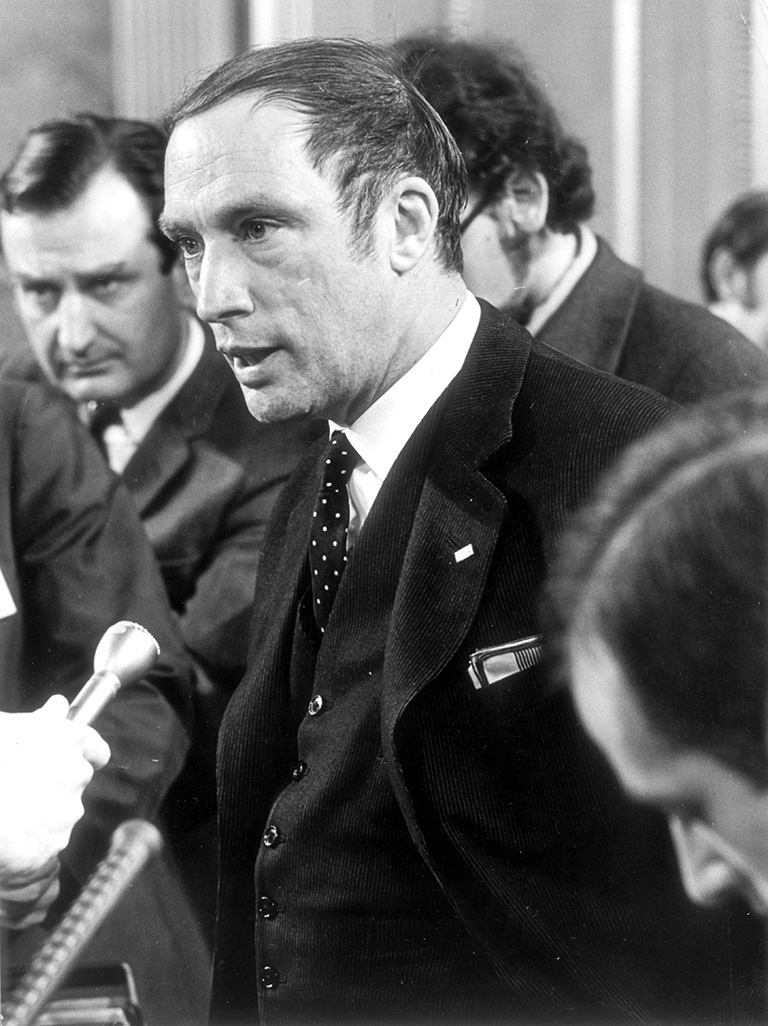
When Pierre Trudeau served as minister of justice in Prime Minister Lester Pearson’s cabinet in 1967, he attempted to bring in a bill that, following the British model, would create an exception to the gross indecency law when it came to sex between two consenting adults in private.
But the bill, while drawing support from the New Democratic Party’s Tommy Douglas, failed. After becoming prime minister in 1968, Trudeau asked his minister of justice, John Turner, to put forward Bill C-150, the omnibus bill that included an exception to the gross indecency law along British lines.
It is important to note that Pierre Trudeau, a practising Roman Catholic, did not intend to normalize homosexual sex. Rather, he wanted to draw a sharp distinction between private morality and public law.
Testifying at the House of Commons justice and legal affairs committee, Trudeau stated of the bill’s rationale, “We believe that the law and morals are two different philosophical propositions … and that there are aspects of human life and relationships between people, which, although [they] might well be considered to be immoral, ought better be left to private morality than subject to public order within the strictures of the criminal law.”
Since the “strictures of the criminal law” had become known to Canadians through publicity about the Klippert case, public opinion was increasingly willing to move toward a more tolerant attitude. Toleration, however, is not the same as equality.
Far from a ringing endorsement of sexual diversity, Trudeau’s partial legalization of some consensual gay male sex was driven by his general view of the state. His was a classic liberal as well as Liberal philosophy, by which coercive law ought to be limited to preventing harm to others, rather than being used, as legal and social conservatives believed, to impose moral codes on the population.
To give Trudeau due credit, it must be said that when he proposed the 1969 reforms he was acting out of principle rather than out of political calculation.
Conservative voices, including some in the then-popular Social Credit Party, expressed outrage at his proposals both in Parliament and outside of it, loudly proclaiming that Canadian law ought to enforce Christian morality. Although the mainstream press generally supported the reforms, in 1969 there were no votes to be had by appearing to support the largely hidden homosexual community.
In fact, Trudeau’s intent was to stop irrational prosecutions, rather than to support homosexuals as a group; but his Conservative critics charged him with doing the latter.
Opposition leader John Diefenbaker expressed his disapproval of Trudeau’s approach: “We live in an age that more and more is becoming a permissive age. Some say there is no God — that every man should be able to live his own life as he will as long as he does so in private. I do not find any support for that philosophy in the scriptures.”
After 1969, gross indecency remained a criminal offence, and it would continue to be one even beyond the advent of the 1982 Canadian Charter of Rights and Freedoms. Its enforcement, however, would now be limited; only places considered by the police as public (an elastic concept) would continue to be under surveillance — most of the time.
There were other limits to the liberalism of the 1969 reform. One such limit, which received little commentary at the time, was that the “adult” in “consenting adults” was defined as someone twenty-one years of age or older, in keeping with what was then the voting age. The age of consent for heterosexual sex, by contrast, was then either fourteen or sixteen, depending on the circumstances, which was in line with Britain, where the age of consent was not equalized until the year 2000.
In Canada, the age at which a person was deemed to be capable of sexual consent has gone through ups and downs — or, more accurately, downs and ups. Since a little over a century ago, when it was as low as twelve years old, the general trend has been upwards. In 2008, Stephen Harper’s Conservative government raised the general age of consent from fourteen to sixteen in a move that sex educators and safer-sex experts decried. But even in 2008 the age of consent for anal sex outside of marriage remained eighteen.
For obvious reasons, the differential age of consent is not easy to police. Yet the requirement that someone be eighteen before being deemed able to consent to one sexual act that is extremely common among gay men gives police extra power to lay charges.
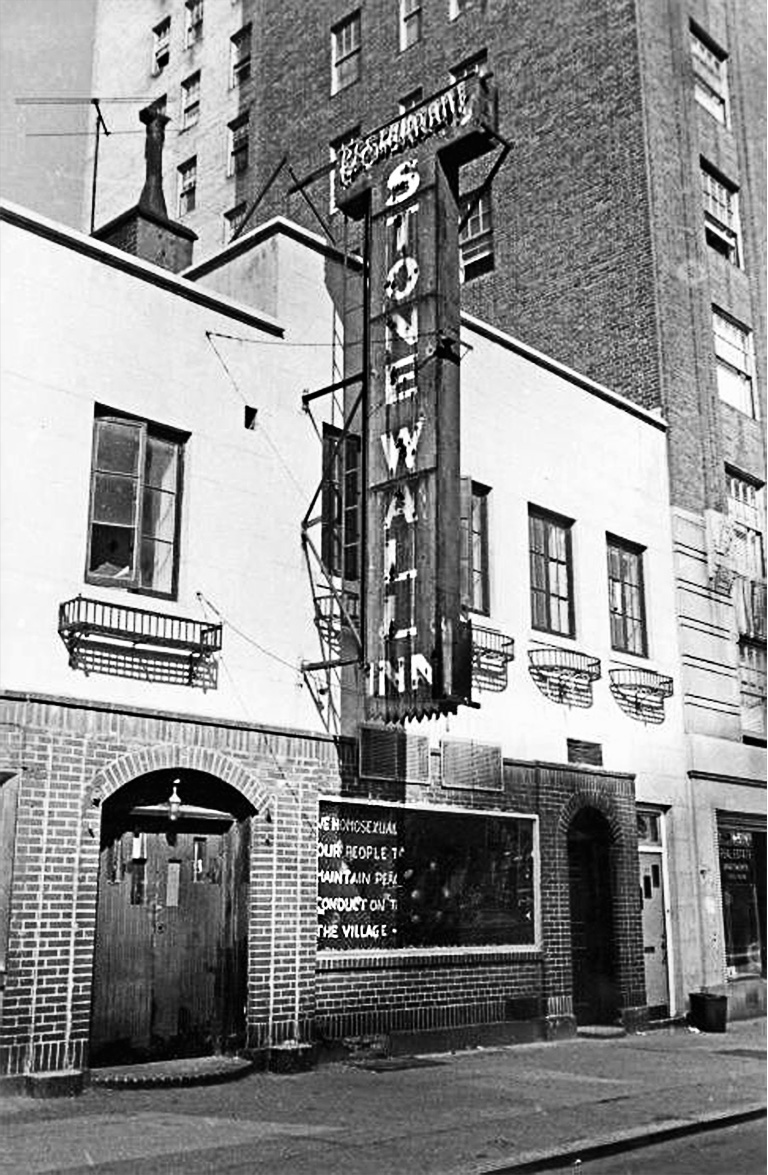
The Trudeau bill received royal assent on June 27, 1969. By a strange historical coincidence, it became law one day before the Stonewall riots that followed a nasty police raid on a queer establishment in New York City. The Stonewall riots are generally taken as the beginning of the modern gay and lesbian rights movement. (The date is why Pride Day is celebrated in most North American cities, including Toronto and Vancouver, on the weekend closest to June 28.)
It was only starting in the 1970s that self-identified gay and lesbian voices began to be heard by the Canadian public, through the internationally renowned Toronto magazine The Body Politic as well as with the formation of Toronto’s Right to Privacy Committee and the Coalition for Gay Rights in Ontario.
As the movement took shape, the limitations of the 1969 Criminal Code began to draw some attention. In 1978, in the course of proposing reforms aimed at stronger measures against violent heterosexual men, the Law Reform Commission of Canada, an expert body created by Trudeau himself, suggested that the gross indecency provision should be repealed altogether.
Shortly afterward, in 1981 and 1982, a movement led by the Right to Privacy Committee, among others, lobbied the federal government in an effort to have the buggery and gross indecency provisions removed from the Criminal Code.
During this process the activists also raised the issue of the unequal age of consent, although some in their ranks believed that, due to the moral panic about pedophilia, it was unwise to do so. In any case, the lobby failed. It was only in 1985, after the Canadian Charter of Rights and Freedoms had come into effect, that the offences of buggery and indecency were repealed.
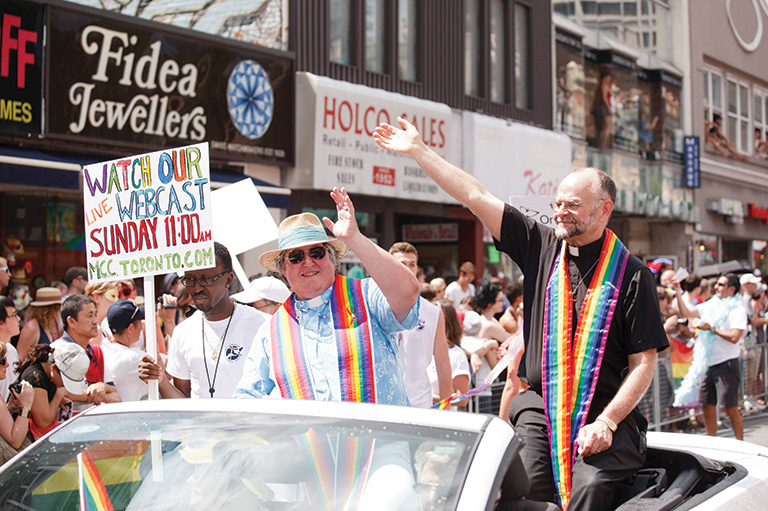
Nevertheless, the discriminatory criminal laws continued to lead a shadowy existence. Men guilty of nothing other than consensual gay sex, men who had been charged in earlier times, still languished in Canadian prisons for years. And in 2015 a noted leader in Toronto’s LGBT (lesbian, gay, bisexual, transgender) community, Rev. Brent Hawkes, was charged by Nova Scotia police for an act of “gross indecency” and indecent assault supposedly committed in the 1970s.
The allegation was that sex between Hawkes and a sixteen-year-old took place in the presence of another young man — a situation that was still criminal even after 1969, because having three people in the same bedroom would have made the sex illegal. While Hawkes was eventually acquitted, the price he paid acted as a powerful reminder that Trudeau’s reforms, courageous as they might have been at the time, did not amount to equality and freedom.
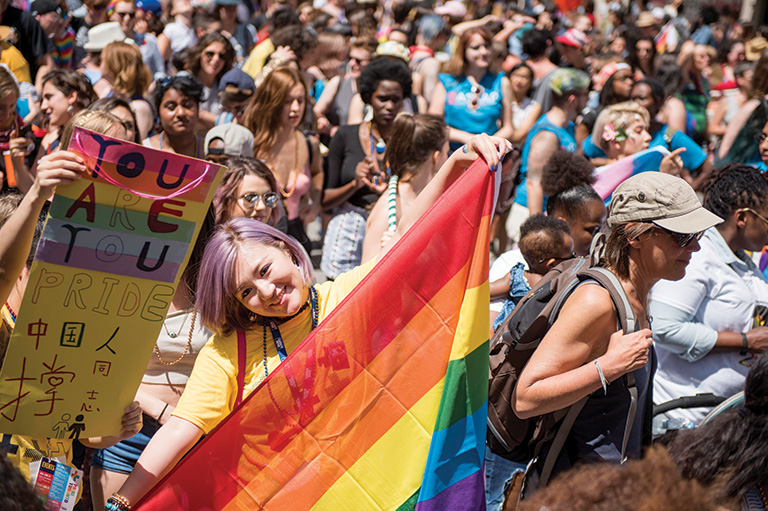
And yet, it has to be said that Pierre Trudeau’s 1969 tweaking of the anti-homosexual provisions of the Criminal Code was not without courage. Diefenbaker’s view that the law ought to enforce rigid, traditional Christian ideas about good and bad sex was shared by many Canadians, and there was no significant gay-lesbian movement in 1968 or 1969 to put pressure on the government to go further.
It is true that the notion that gay sex was decriminalized fifty years ago is a simplistic myth, and it is also true that discrimination persisted well into the twenty-first century. But the long struggle that eventually brought about same-sex marriage and a normal life for many, perhaps most, LGBT people in this country could be said to have started in 1969.
We hope you’ll help us continue to share fascinating stories about Canada’s past by making a donation to Canada’s History Society today.
We highlight our nation’s diverse past by telling stories that illuminate the people, places, and events that unite us as Canadians, and by making those stories accessible to everyone through our free online content.
We are a registered charity that depends on contributions from readers like you to share inspiring and informative stories with students and citizens of all ages — award-winning stories written by Canada’s top historians, authors, journalists, and history enthusiasts.
Any amount helps, or better yet, start a monthly donation today. Your support makes all the difference. Thank you!
Themes associated with this article
Advertisement
You might also like...

Beautiful woven all-silk bow tie — burgundy with small silver beaver images throughout. This bow tie was inspired by Pierre Berton, inaugural winner of the Governor General's History Award for Popular Media: The Pierre Berton Award, presented by Canada's History Society. Self-tie with adjustments for neck size. Please note: these are not pre-tied.
Made exclusively for Canada's History.

